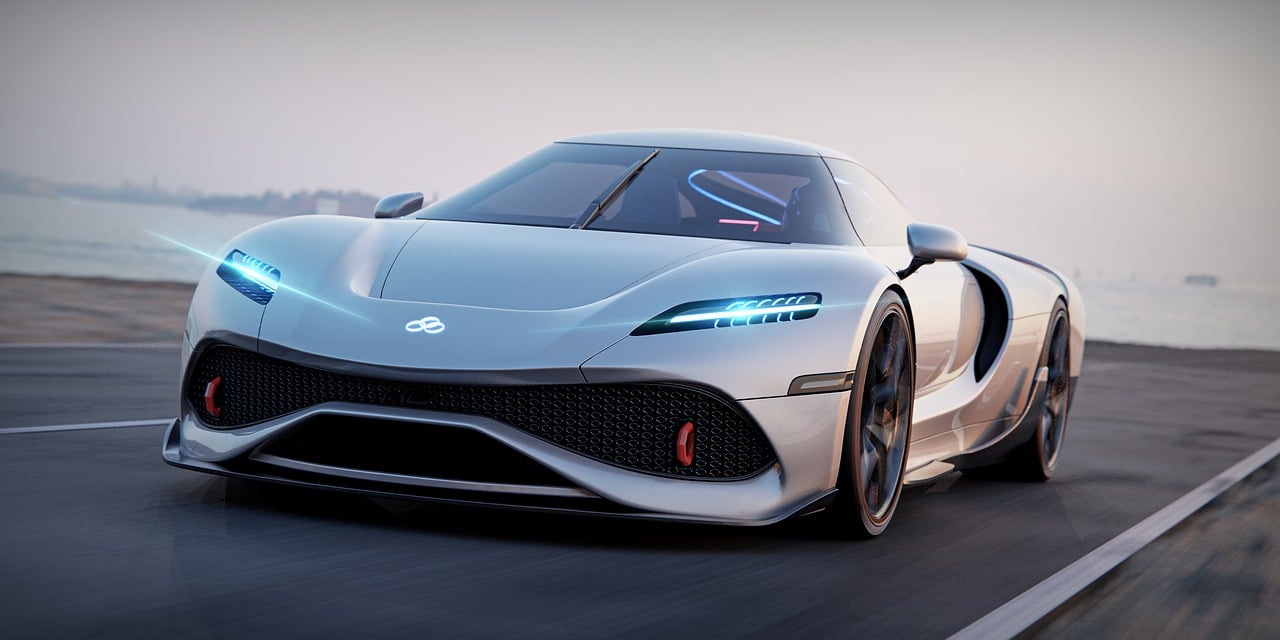
3D printing, also called additive manufacturing, is becoming common in the automotive industry — nearly all major car manufacturers use it.
It involves building small vehicle parts or the entire body in almost any shape by combining layers of materials based on a digital design. This is different from traditional manufacturing, where parts are usually made by cutting away material from a solid object to form the desired shape.
A 3D-printed car offers design flexibility, making it easy to create custom designs. It also enables vehicle manufacturers to produce complex shapes that are almost impossible to achieve through traditional methods.
3D printing is good news for car companies and users. But how does it affect your auto insurance?
The Rise of 3D-Printed Cars in the Automotive World
3D printing in the car industry has been around for decades. Companies like General Motors, Ford, and BMW began using it in the late 20th century, primarily for prototyping.
In recent years, however, this new approach to vehicle manufacturing has advanced significantly. It’s now increasingly popular for creating components used in a road-safe machine. In some cases, the majority of the car is 3D-printed — such as the Strati, the world’s first 3D-printed car, created by Local Motors.
How 3D Printing Technology Works in Car Manufacturing
Once an automotive design is ready in digital format, automakers use slicer programs to break it into thin layers that are then sent to a 3D printer.
The printer uses high-powered lasers to melt and fuse material, creating one layer at a time until the automotive model takes the desired shape.
3D printing’s layer-by-layer construction allows car companies to create complex, light, customizable shapes that are hard to make with traditional methods. For this reason, it’s stretching the boundaries of manufacturing technology.
And the best part? 3D printing technologies are no longer limited to common materials like light plastics. Automakers can print heavy, metal components, too.
Benefits and Challenges of 3D-Printed Vehicles
- Speeds up production of custom designs: Automakers can go from digital design to physical part in hours. Take the Strati — its actual printing time was only 44 hours.
- Reduces production costs: Automotive 3D printing ensures just enough materials are used to create a component, reducing costs related to material wastage. Ford says 3D printing saves up to 80% of time and money compared to traditional manufacturing methods.
Despite its many benefits, 3D printing in the automotive industry still faces challenges. For example, complex parts like engines and wheels are still not ready for 3D printing. Printed parts, on the other hand, require extra quality monitoring.
Implications for Insurance Underwriting
3D-printed cars introduce new variables that insurers should think about. For example, the vehicles may come with custom designs and non-standard parts, making it challenging to assess insurance risks in the usual way.
If a 3D-printed car component is rare or tricky to replace, it could increase the repair cost and a driver’s auto insurance premium. On the other hand, local, on-demand printing can make parts readily available. Vehicle repair becomes cheaper as a result.
All of these mean that underwriting needs to be more flexible. When assessing risks and determining rates for 3D-printed cars, insurers can consider factors like:
- Availability of components
- Reliability of printed vehicle parts
- Uniqueness of the design
Claims and Repair Considerations for 3D-Printed Cars
3D printing changes the game for insurers when it comes to damage assessment and repairs. Printing vehicle components on demand increases spare part availability. This may speed up repairs and claim processing, especially for rare or custom car components.
Additionally, 3D printing in the automotive industry is an emerging technology. For this reason, insurance adjusters might need new tools and procedures to assess damages in 3D-printed cars accurately.
Regulatory and Compliance Challenges
Often, 3D-printed parts are custom-made or produced outside traditional supply chains. This makes it harder for regulators to create general safety and quality standards.
As a result, insurers and car manufacturers may face gaps in compliance rules, making it challenging to assess liability when a car component fails.
Future Outlook: How Insurers Can Adapt to 3D-Printed Cars
As materials and technology improve, 3D printing in the automotive industry becomes more powerful. It’s no longer limited to prototypes.
While fully 3D-printed cars are not popular yet, automakers increasingly use printed components in production. And for this reason, this kind of manufacturing is likely to become more common in the future.
Insurers who stay on top of this trend will have an advantage. By adapting early, they’ll be better prepared to handle the impacts of 3D printing in the car insurance industry, keeping them one step ahead of the competition.
One way car insurers can keep up with 3D printing is by offering insurance products tailored to the risks and benefits of a 3D-printed car.
Why Drivers Should Consider Specialized Coverage Options
Standard auto coverages like liability, collision and comprehensive insurance might not cover custom or unique 3D printed vehicle components. Specialized coverage options or add-ons can help cover them.
While insurance can’t prevent new car depreciation, it can cover repair costs. And depending on your policy, your insurer may also pay you the value of your vehicle if it’s stolen.
Explore Customized Car Insurance Quotes for 3D-Printed Vehicles
Looking for affordable car insurance? Considering discounts like the green vehicle discount can help you save money. However, the best way to get the cheapest insurance is to compare custom quotes from providers in your area.
With EverQuote, comparing insurance options based on your ZIP code and driver profile only takes a few minutes. It’s totally free, too. Get a custom comparison today to choose the cheapest insurance option in your area.



